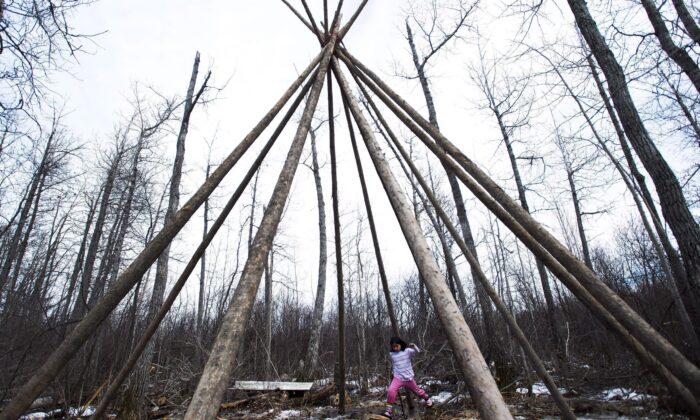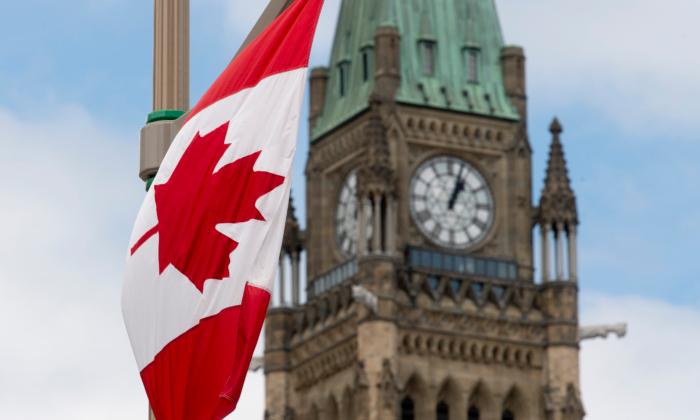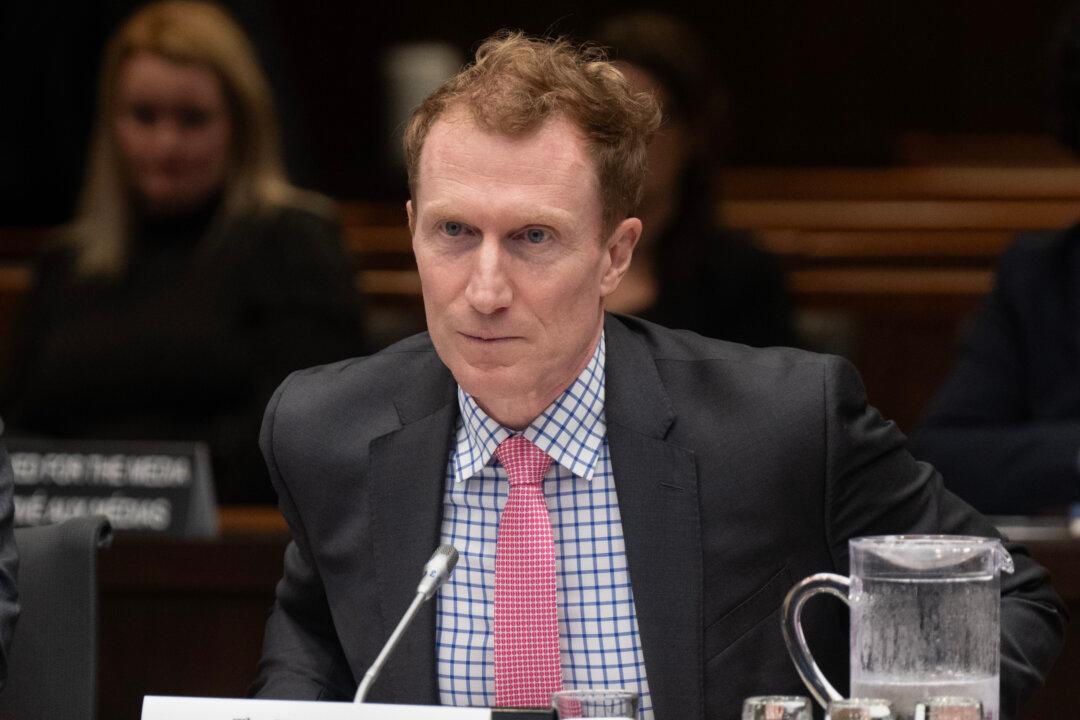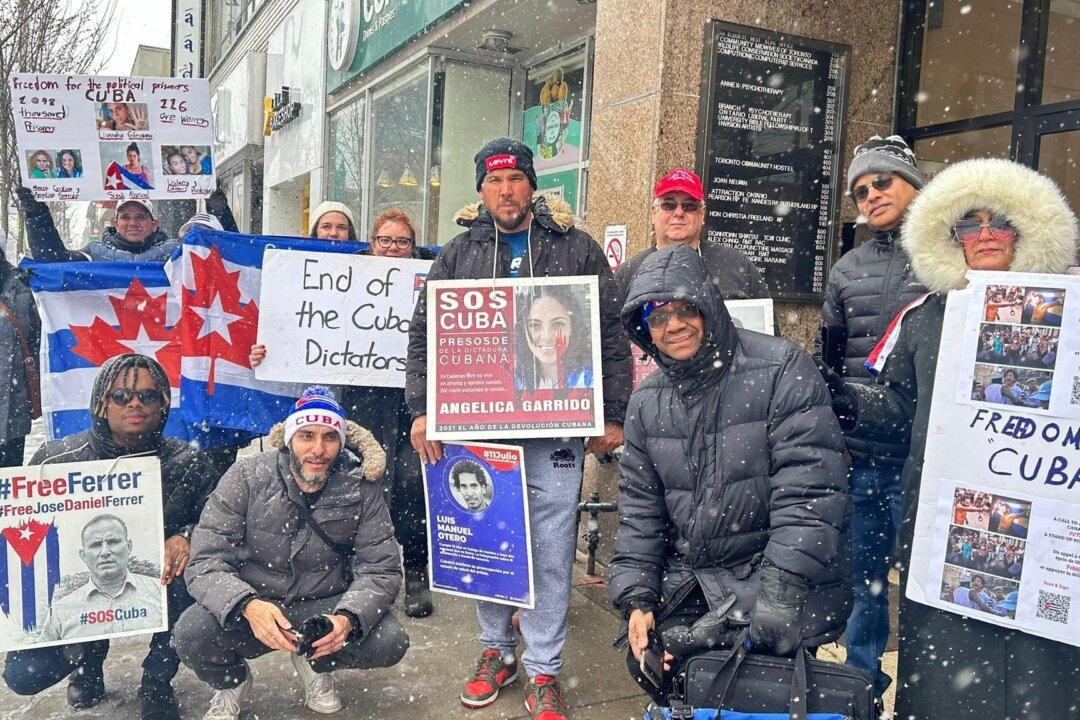First Nations entrepreneurship can be improved if Ottawa removes further barriers to property rights within the Indian Act, a new study suggests.
“There is no general agreement on what should replace the Act, and First Nations are deeply attached to some of the special protections it affords,” wrote Flanagan, also a professor emeritus at the University of Calgary.
“Because repeal is politically impossible, the focus in practice has been on gradual improvement through amendments to the Act and passage of supplementary legislation.”
“But by the middle of the 20th century it was becoming clear that Indians did not want assimilation and that the lands set aside by the Indian Act had become de facto permanent homelands.”
This created a challenge as to how the reserve communities could function in Canada’s market economy, he said, as Canada was fast transitioning from an agricultural economy to an industrial economy given that “agriculture alone could not support a growing population.”
“How could Indian reserves, owned by the Crown and centrally administered by a government department, become loci of prosperity for their residents in Canada’s new economy? No one had an immediate answer,” he added.
The study found that with the revision of the act in 1951, certificates of possession (CPs) for reserve lands were introduced. The CPs allow First Nations to own their own homes, but their utility in the larger marketplace is limited because the homes can be given or sold only to members of the same band, not to outsiders.
Flanagan said that although 41,000 pieces of land on reserves were held under CPs by 2012, only 315 First Nations, about half the total number, had any CPs at all.
“Of these 315, most had less than 5 percent of their land under this form of lawful possession, and only about 10 percent had more than half their land allotted to CPs,” he said.
He added that the lands possessed under those CPs were mostly concentrated in southern Ontario, southern B.C., and Quebec, where reserves were located close to urban areas with higher probability of economic opportunity.
Natural Resources
The study also recommended examining Indian Oil and Gas Canada, a federal agency that manages oil and gas resources on First Nations reserves, to see if it is generating higher returns for First Nations than they could achieve by acting individually in the market.“If the answer is yes, consider establishing similar organizations for other types of natural resources from First Nations’ traditional territories,” the study said.
In addition, Flanagan said the federal government should stop blocking pipelines and other resource development that represent the “best chance” for prosperity in remote locations.
“The Liberal government of Justin Trudeau blocked the Northern Gateway and Energy East pipeline proposals, failed to give energetic support to Keystone XL, and slow-walked the construction of Trans Mountain and Coastal GasLink by allowing environmental protests free rein,” he argued.
“Such development represents the best chance for the prosperity of many First Nations in remote locations.”
Flanagan said the federal government’s emphasis on paying First Nations for historical grievances will not help them achieve prosperity, and such efforts should be reduced.
“Such payments temporarily put cash in the pockets of recipients but do nothing to promote long-term economic independence,” he said.
“In fact, they may inhibit economic advance, because they make it appear that the road to wealth lies in cultivating past grievances rather than acquiring skills and making products to sell in the marketplace.”






Friends Read Free